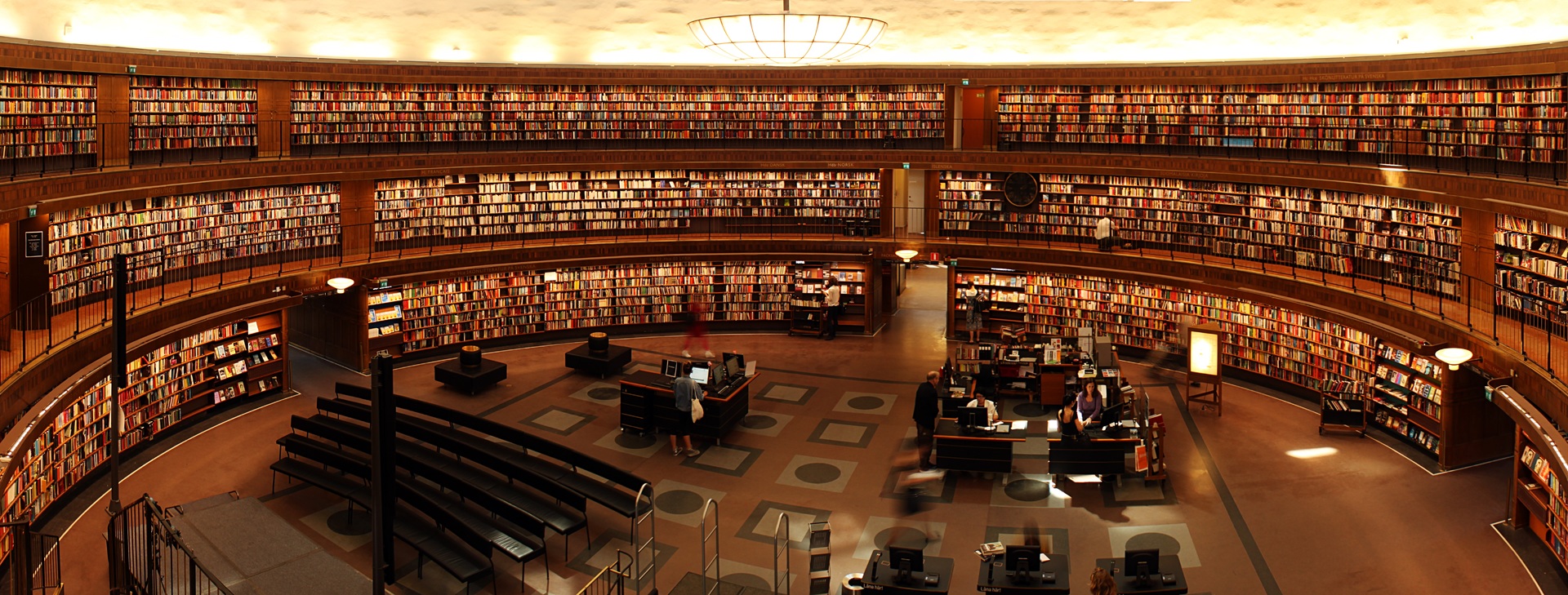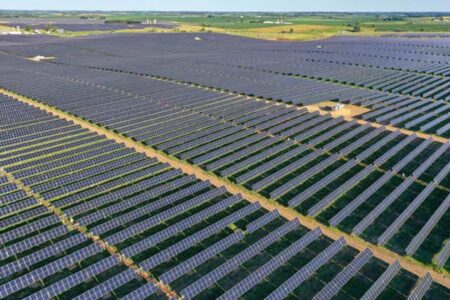Flash photography can be a powerful tool for capturing stunning images, but mastering it requires an understanding of both its benefits and limitations. While it might seem straightforward, using flash effectively involves more than just turning it on. This blog post will guide you through the essential aspects of using flash in digital photography, from understanding its types to mastering techniques for various shooting scenarios.
Understanding Flash Types
- Built-in Flash: Most cameras come with a built-in flash, which is convenient for quick shots in low light. However, the built-in flash often produces harsh, direct light that can result in unflattering shadows and overexposed highlights. It’s best used in situations where you need immediate light and have no other options.
- External Flash: External flashes, also known as speedlights, offer greater flexibility and control compared to built-in flashes. They can be mounted on the camera or used off-camera for more creative lighting. External flashes typically provide adjustable power settings, can be tilted and rotated, and often come with features like high-speed sync and TTL (Through The Lens) metering.
- Studio Flash: Studio flashes, or monolights, are used in controlled environments like studios. They provide powerful, consistent light and often come with various modifiers (softboxes, umbrellas) to shape and diffuse the light. Studio flashes are ideal for professional portraiture and high-quality product photography.
Basic Flash Techniques
- Bounce Flash: Bouncing the flash off a wall or ceiling can create a softer, more natural light. This technique reduces harsh shadows and spreads light more evenly. To bounce flash effectively, ensure the surface you’re bouncing off is white or neutral to avoid color casts. Experiment with the angle and distance to achieve the desired effect.
- Diffused Flash: Diffusers soften the light from your flash, reducing the intensity and harshness. You can use a commercial diffuser or DIY options like a piece of white cloth. Diffused flash is excellent for portraiture, as it minimizes shadows and provides a more flattering light on your subject.
- Fill Flash: Fill flash is used to illuminate shadows in bright conditions, such as when shooting a subject against a bright background. It helps balance the exposure between the subject and the background, reducing the contrast that can lead to overly dark or bright areas in your image.
- Rear-Curtain Sync: This technique involves firing the flash at the end of the exposure rather than at the beginning. It’s useful for capturing motion trails, as it freezes the subject at the end of the exposure, with motion blur leading up to it. Rear-curtain sync can add a dynamic element to your images, making them more visually interesting.
Advanced Flash Techniques
- Off-Camera Flash: Using an external flash off-camera allows for more creative control over lighting. You can place the flash at different angles and distances from your subject to achieve various effects. Off-camera flash can be used with light stands, brackets, or handheld, and often requires the use of triggers or wireless systems.
- High-Speed Sync (HSS): High-speed sync allows you to use flash at shutter speeds faster than the camera’s native sync speed. This is particularly useful for shooting in bright conditions or when you want to use a wide aperture for a shallow depth of field while still having the benefit of flash. HSS is ideal for outdoor portraits and capturing fast-moving subjects.
- Gels and Filters: Gels and filters can be placed over your flash to alter its color temperature or create special effects. Color gels can correct the flash’s color balance to match ambient light or add creative color effects. They are useful for achieving specific moods or harmonizing the flash with existing lighting conditions.
- Multiple Flashes: Using multiple flashes can add depth and dimension to your photos. This technique involves positioning multiple flashes around your subject to create a balanced, well-lit image. It requires careful planning and control to ensure all flashes are balanced and achieve the desired lighting effect.

Common Flash Mistakes and How to Avoid Them
- Red-Eye Effect: Red-eye occurs when the flash reflects off the subject’s retinas, causing red pupils in photos. To avoid red-eye, use the red-eye reduction feature on your camera, or try bouncing the flash or using diffusers to reduce the direct light hitting the subject’s eyes.
- Harsh Shadows: Direct flash often creates harsh shadows that can detract from the overall quality of your photo. To avoid this, use bounce or diffused flash techniques to soften the light and reduce the intensity of shadows.
- Overexposure: Overexposure happens when the flash is too strong for the scene, leading to washed-out highlights. To prevent this, adjust the flash power settings or use exposure compensation to balance the flash output with the ambient light.
- Underexposure: Underexposure occurs when the flash is too weak or not used effectively, resulting in dark images. Ensure your flash settings are appropriate for the scene and consider using fill flash to brighten shadowy areas.
Conclusion
Mastering flash photography takes practice and experimentation, but understanding the basics and advanced techniques can significantly enhance your ability to capture great images in various lighting conditions. Whether you’re using a built-in flash for quick snaps or leveraging an external flash for more creative control, the key is to experiment and understand how flash affects your images. By applying these techniques and avoiding common pitfalls, you’ll be well on your way to becoming a flash photography pro. Are you looking for more information regarding 4×5 dimensions, check out their page to learn more.
Feel free to share your experiences with flash photography and any additional tips you’ve discovered along the way. Happy shooting!






